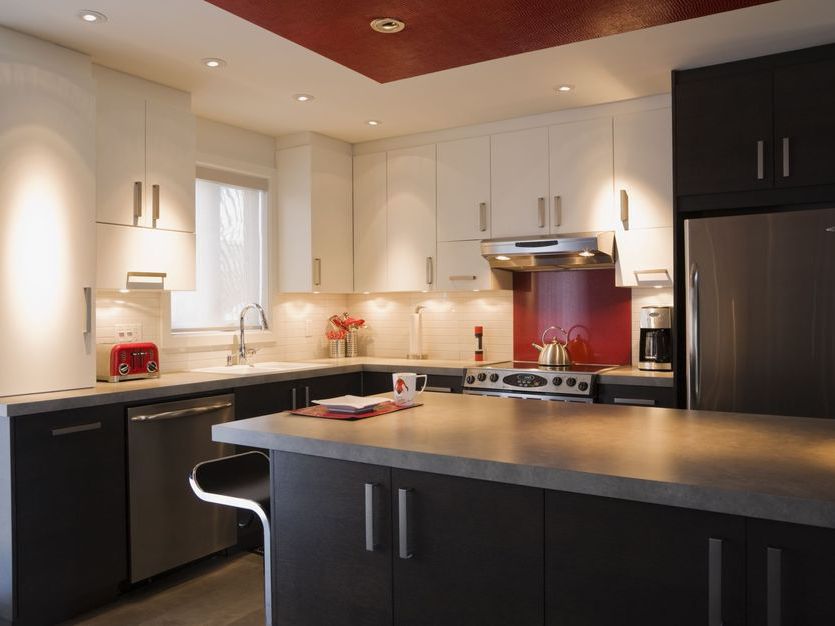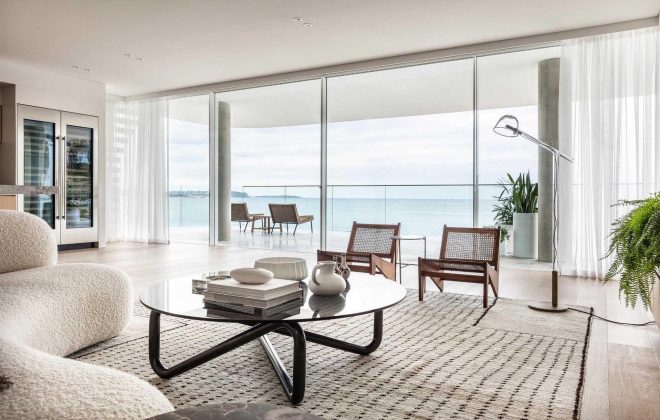Electricians Wiring Up The Futuristic Kitchen
Futurologist James Bellini proposes that holographic science will come of age and change the way we live day to day. Apparently celebrity chefs will be standing next to us, offering advice and guiding (or yelling) us through recipe that we’ve chosen. Move over Masterclass.
Bob Darke, Commercial Director at Comet, thinks this will be extended to being emotionally networked to our tv screens.
Will you need an electrician for that?
Kitchen renovations also need the early input of sparkies to future plan for appliances you’re yet to have; even some that are yet to be thought of. Sound weird? Look around the kitchen you’re in and notice everything you wouldn’t have seen even a decade ago. Were the kitchen not pre-wired for extra outlets and circuits you wouldn’t have the power for those appliances now.
A kitchen wiring plan must take into account fixed appliances, stationary appliances, and appliances that move and offer optimal outlet usage placement. It has to include heavily lit areas, specific lighting locations and any specialized outlets like built-in ovens.
It’s highly useful to add extra outlets in the practical yet innovative places; like on the underside of cabinets, each side of the sink, or fascia tastefully cocealing a bank of powerponts and USB outlets.
Remember that small appliances like toasters, kettles, sandwich makers and food processors come with short two-foot cords. Try to imagine where you’ll be using each small appliance that you have and position the outlets accordingly. Remember that an outlet is required within two feet of each side of the sink and an outlet no more than two feet from the end of the counter. In no circumstance is there to be more than four feet between countertop outlets.
Lighting branch circuits are only 15-amps so if you have ceiling fans installed, you may opt for two-amp circuits so that each fan and motor has its own circuit. Many eiling fans incorporate both a fan motor, and a light fixture with two to four bulbs. The load of one may not be much, but a few on the same circuit of only 15-amps won’t cut it.
With the lighting layout, an electrician who specialises in LED downlight installation will know that uniform lighting provides optimal coverage. Wire circuits so that if one trips, another circuit close by ensures all the lights don’t go off at once.
Three-way switches allow access to lights from any doorway to a room. If floor lamps are planned, install split outlets: they leave one-half hot, and the other connected to a switch so there is no crossing a dark room to turn it on.
In your futuristic kitchen design, say goodbye to the fridge: there is the concept already that has swapped the fridge for individual food containers to better preserve the food. A basket with a glass dome especially for fruits, a shaded area underneath to better preserve potatoes and onions in the dark.
From a fridge that is no longer an fridge to an oven that’s more of a chef. Sensors work out exactly how hot the oven should be and for how long according to the weight and energy consumption of the produce. It aselects the cooking mode and the shelf. You can press a button to select rare, medium or well done. Best of all, it alerts you and turns the heat off without the need for a timer so there’s no need to worry about overcooking or cremation because you locked yourself outside. Genius.
Think that’s genius, you’ll want a cold induction hob that doesn’t heat up while you’re cooking. The molecules in the pans vibrate so quickly that they produce enough energy to cook your food. While it might not make much of a difference during cooking, it does mean that the top of your cooker will be cold as soon as you take the pan off. No more burns, and supremely simple clean-up for spills.
For the supreme in lazy-arse cooking of the future, there is the self-stirring saucepan. It has spiral sides, and was launched in Japan in 2021 and prices in at just under $US115.00. The curious thing is that it’s designed only for gas stoves.
The futuristic kitchen according to Vitor Xavier of Soria, packs all the modern kitchen functions and tools into the small footprint of compact design. This circular kitchen is expandable for food preparation, a full size sink, cooking hub and storage cabinets hidden inside the body. It’s ergonomic and easy to move to the needed functions. When not in use, the kitchen hides all its tools and equipment inside the circular body which can be used as a small dining table and saves useful space.
Designer Petr Kubik’s future kitchen has a counter top that digitally displays menu options as well and the internet. All at the touch of a button, its sides reveal stored food and appliances, and compartments that clean dishes. The computer display countertop becomes transparent to display foods and beverages below. This kitchen of the future contains all the home appliances: oven, fridge, freezer, dishwasher, toaster, coffee maker, boiling water, waste disposal, all concealed. Everything you need to prepare, cook, eat, clean up and relax right at your fingertips.
Latest News





